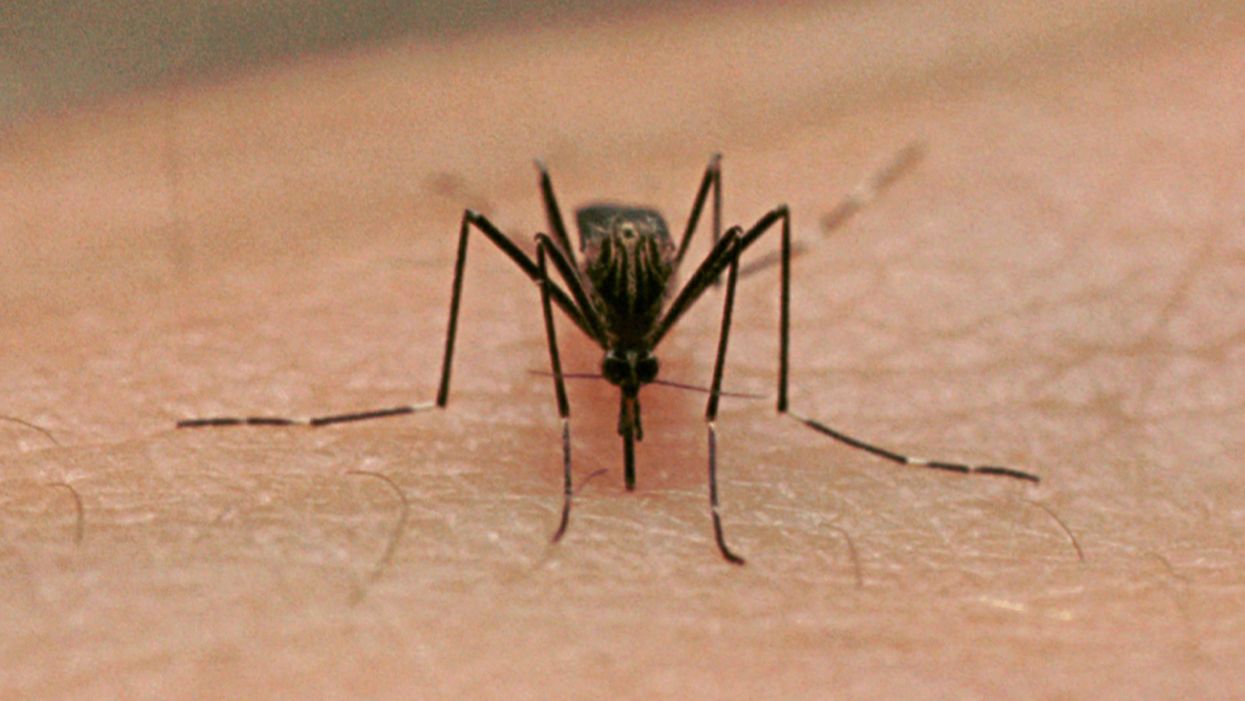
Timothy Fadek/Sygma/Sygma via Getty Images

This discovery also involves genetically modified fungus
Scientists are replicating a spider's venom in order to kill off malaria-carrying mosquitoes.
Malaria has plagued humans throughout history, from King Tut to at least eight former presidents (George Washington, James Madison, James Monroe, Andrew Jackson, Zachary Taylor, Ulysses Grant, James Garfield, and Teddy Roosevelt. Chester A. Arthur may also have contracted the disease).
It is caused by a parasite that is often carried by mosquitoes. According to the Centers for Disease Control, people who contract malaria suffer from a wide range of symptoms including fever, chills, nausea, vomiting, body aches, and headaches. In severe cases, it can cause respiratory distress, kidney problems, and hypoglycemia.
In 2016, 445,000 people are estimated to have died from malaria. Most of these cases occurred in sub-Saharan Africa, and most were young children.
After the governments worldwide began banning the pesticide DDT (thanks largely to Rachel Carson's "Silent Spring), the number of malaria cases worldwide spiked dramatically.
In South Africa, according to NPR, the number of cases jumped from 11,000 in 1997 to 42,000 in 2000 after DDT was banned. South Africa resumed use of DDT the following year, and the number of cases dropped back to what they had been.
Similar scenarios played out in other countries throughout the world that banned the use of DDT. In 2006, the World Health Organization approved the use of DDT indoors, as a method of reducing the population of malaria-carrying mosquitoes.
Now, thanks to spiders, fungus, and science, there may be a way to limit the spread of this disease.
Scientists discovered that a fungus found in the African country of Burkina Faso killed mosquitoes. They then figured out a way to genetically modify that same fungus so that it would produce a toxin normally found in the venom of a funnel-web spider.
Armed with their new spider fungus, the scientists created a completely enclosed fake village and released mosquitoes inside to test its effectiveness. Dr. Brian Lovett from the University of Maryland told the BBC that the goal of the project was to "break malaria transmission in an area."
The mosquito population dropped by more than 90 percent within 45 days. Control groups of mosquitoes, meanwhile, saw their numbers increase, ruling out any other factors behind the mosquito massacre. The BBC reported that scientists do not want to eradicate the mosquito population altogether, but hoped to be able to control it.
Diabate Abdoulaye, head of the medical entomology laboratory of the Institut de Recherche en Science de la Santé in Burkina Faso, said that current methods of malaria protection, like bed nets, have "reached their fundamental protective limit."
He said he was optimistic about using the fungus, telling The Guardian, "We strongly believe it is going to work because the mechanism and the behaviours of mosquitoes across the landscape of Africa are pretty much the same."